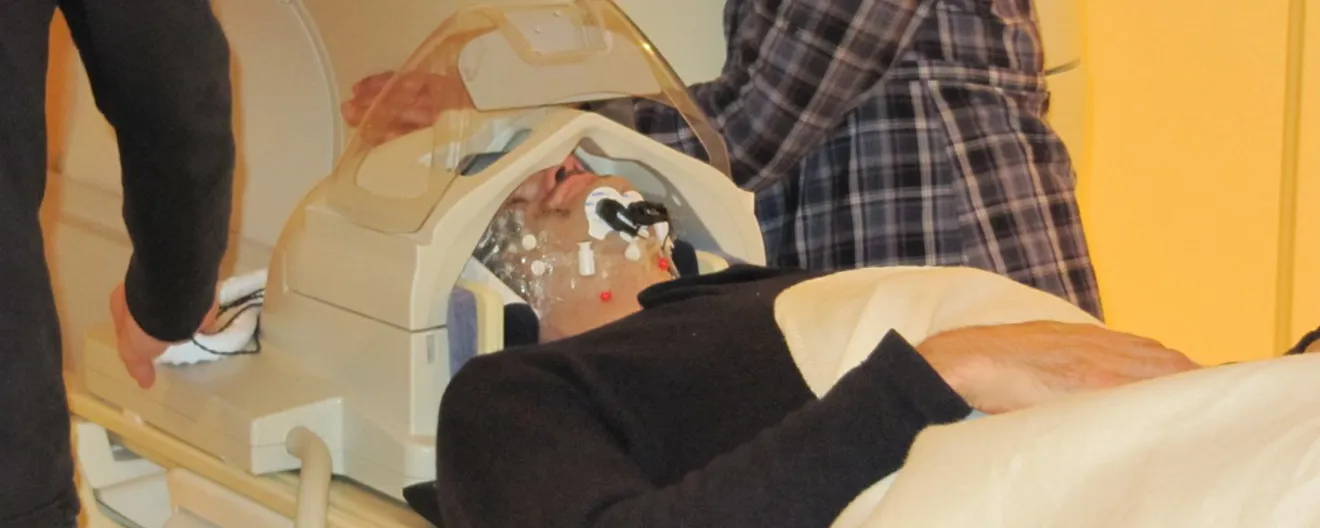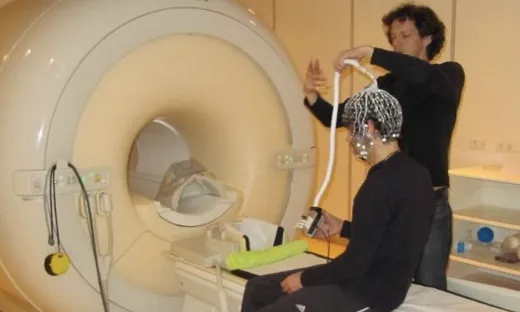Our research priority into paroxysmal disorders and comorbidity (paroxysmal cerebral disorders (PaCD) results from in depth clinical and scientific collaboration between SEIN and the LUMC. These disorders – headache, disorders of sleep, epilepsy and syncope – are amongst the most common neurological disorders. One out of two inhabitants of the Netherlands has ever encountered one of them and one out of ten suffer from recurrent encounters with a large impact on daily life.
Several reasons exist to study these paroxysmal disorders from a broad perspective:
- Paroxysmal disorders are characterised by overlapping symptoms. These symptoms can overlap and thus the paroxysmal disorders mimic each other.
- Paroxysmal brain disorders often co-occur. This comorbidity is important to know to offer the best quality of care by early recognition, but also to improve understanding of the cause. Epilepsy with migraine differs from epilepsy without migraine.
- Paroxysmal disorders overlap in their pathophysiological background. For instance how the brain network functioning is suddenly out of balance, the release of certain neurotransmitters, genetic disorders and the brain areas which are involved. Techniques to model epilepsy can also be applied to model headache and vice versa. Shared research helps to optimise use of techniques and models.
The ultimate goal of this research priority is to become a specialised autonomic centre that will ultimately be the national centre of excellence offering all research and treatment facilities for integrated (“one-stop-shop”) care for all paroxysmal disorders.


